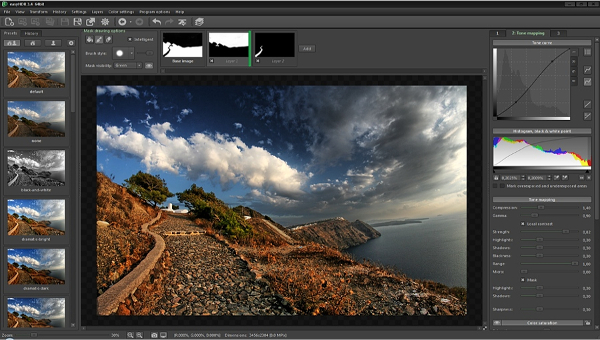

Now, it's a 50% price premium for what is essentially the same product as the Panasonic FZ1000, bar the inclusion of a 3-year warranty and Adobe Photoshop Lightroom (ordinarily $79 standalone from Adobe). Leica haven't officially disclosed a price for their camera, but the Leica V-Lux (Typ 114) currently lists for US$1,350 from numerous retailers, making the premium for that desirable red dot some US$450.Ī year ago, that pricetag might have seemed quite reasonable in comparison to the RX10 at its original launch price. Although the RX10 once listed for US$1,300, an aggressive $900 launch price from its Panasonic rival saw Sony quickly drop its price to match. Sadly for Leica fans, there is one point on which this camera simply doesn't compete. In most respects, though, the Leica V-Lux (Typ 114) looks to give you a similar feature-set to the incredibly popular Sony RX10, just with a whole lot more zoom range, and in a slightly bigger package. Nor do the Leica V-Lux (Typ 114) and Panasonic FZ1000 provide quite the same wide-angle shooting opportunities as does the RX10, and battery life is rather lower too. Hence, their aperture lags that of the RX10 just slightly across most of the range where both lenses overlap. And perhaps not surprisingly, given the much greater zoom reach, they have variable-aperture lenses, where the RX10 has a constant-aperture lens.

On the flip side of the coin, they're rather bigger than their rival, especially in terms of depth. They also have a more versatile tilt/swivel LCD monitor, a much higher-resolution electronic viewfinder, and a wider shutter speed range. But the V-Lux (Typ 114) and FZ1000 differ from - and looks in some ways to better - the RX10 in a number of key ways.īoth the Leica and Panasonic have a significantly longer 16x zoom range, a noticeably-faster 12 frames-per-second burst capture rate and 4K video support. They're each based around 20-megapixel, 1.0-inch type CMOS image sensors, for example. The 20.1-megapixel Leica V-Lux (Typ 114) joins the FZ1000 as joint challengers to the Sony RX10's crown, and all three cameras are in some respects quite similar. And so we're not going to list every minor difference, as to do so would likely be an exercise in futility.
Easyhdr 3 review movie#
The V-Lux (Typ 114) is, not surprisingly, near-identical to its Panasonic equivalent in terms of specifications, and we wouldn't be surprised if the few differences we did spot - a lesser selection of movie modes, for example - turn out actually to be omissions in the spec sheet rather than differences in the actual product.

In the process of rebadging the FZ1000, Leica becomes only the third company to offer a large-sensor, long-zoom camera. With a large 1-inch, 20.1-megapixel sensor and a far-reaching, relatively bright 16x zoom lens, it's a take-anywhere camera that aims to replace your cumbersome interchangeable-lens camera and lenses with a single device that will get you the shot more often than not.


 0 kommentar(er)
0 kommentar(er)
